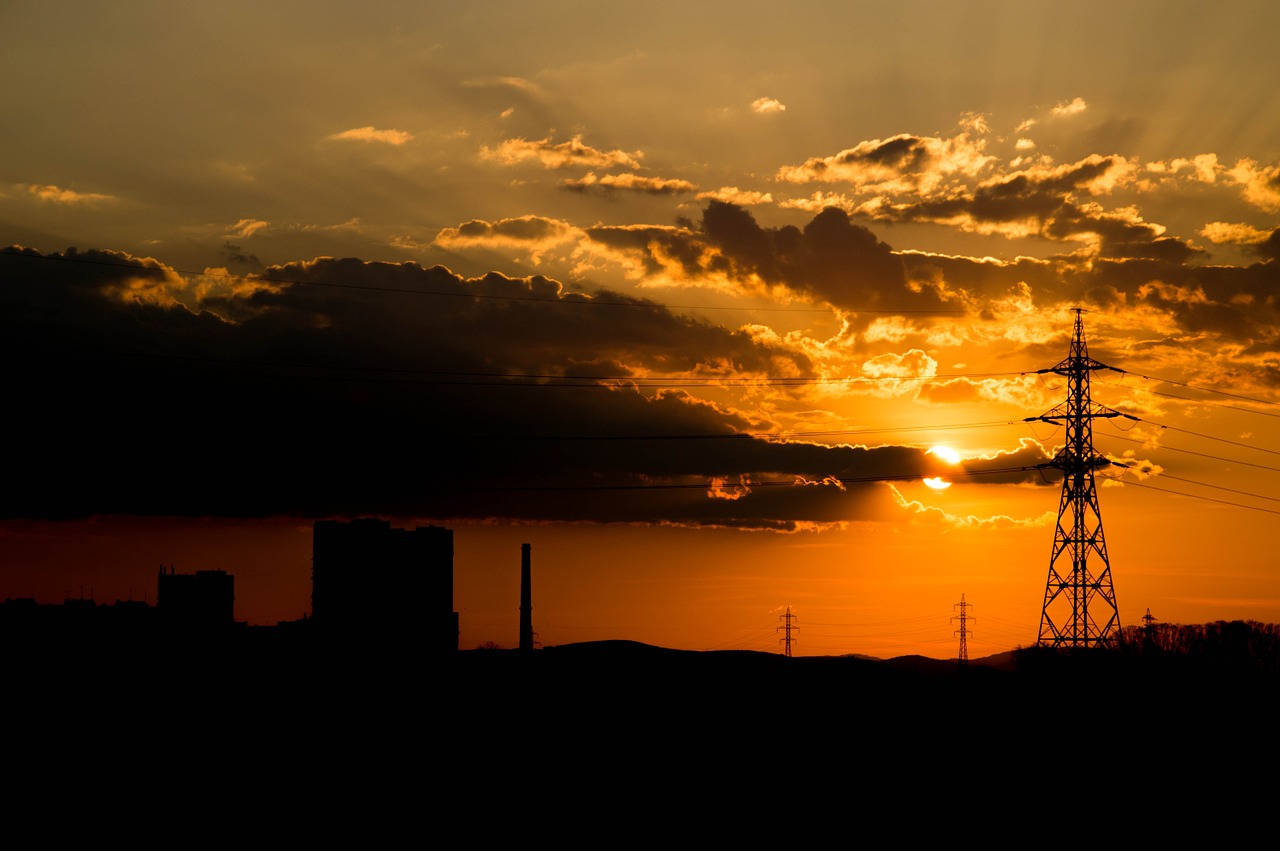By Frank Andorka, Senior Correspondent
There are days when you read about academic studies and wonder out loud, “Did we really have to study THAT?”
As I read the excellent story on KSL’s (NBC, Channel 5, Salt Lake City) website about a study concerning renewable portfolio standards (RPS), I had just that sort of revelation.
It seems that our intrepid researchers have discovered that states with stricter RPS’s encourage great investment in renewable energy. In other news, water is still wet and the Pope is still Catholic.
I’m not diminishing the work by KSL reporter Amy Joi O’Donoghue, who does an excellent job of discussing the issues surrounding RPS’s and then bringing it back to the Utah RPS (which most solar advocates think is mighty weak), but I did scratch my head at the work of the researchers because, for reals, this outcome was as obvious as they come. The weird thing is, the researchers themselves seemed surprised by their findings. Take Lincoln Davies, a law professor at the University of Utah who participated in the research:
Strong laws work really well and weak laws don’t. The more aggressive the law, the more effective they are, which means they will also push down price over time.
I’m not arguing with Davies, of course. It makes total sense that stronger laws would encourage stronger compliance, which in turn would lead to greater investment. But I just keep coming back to the question of whether this really was a question that needed to be studied in the first place.
O’Donoghue notes:
About 30 states around the country have some sort of renewable energy standard on the books.
Hawaii has the strictest standard at 100 percent, with Vermont at 75 percent. California has a standard of 50 percent.
So let’s recap: States with strict RPS’s have utilities that invest in renewable energy. States that have weak or loophole-riddled RPS’s do not.
Well, at least that’s clear now.
More:
Study: Aggressive renewable energy standards spur solar, wind investments


